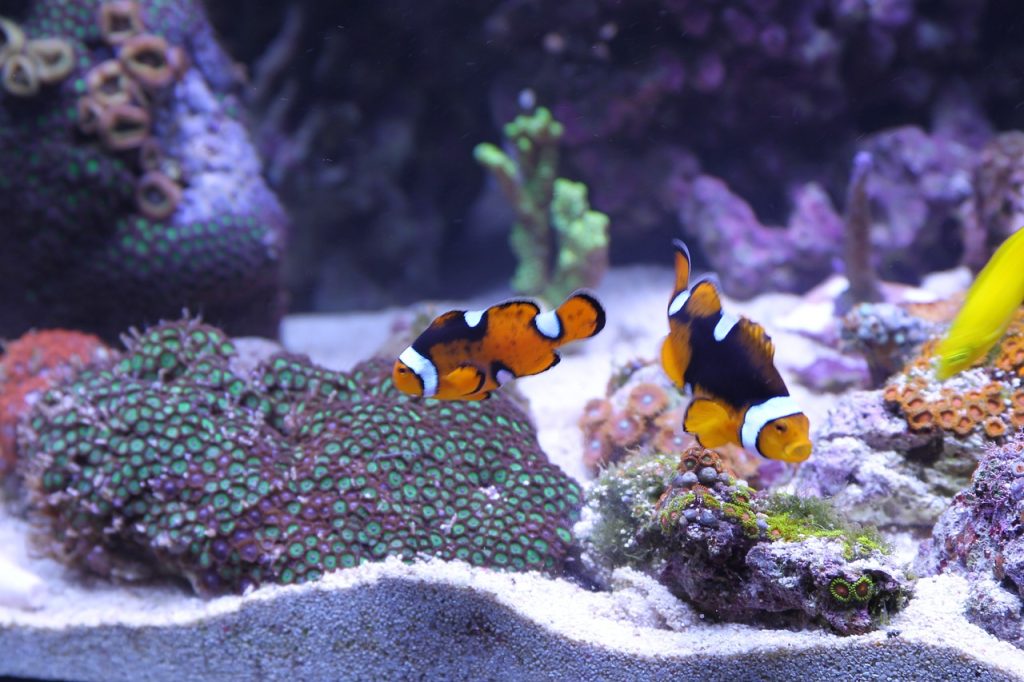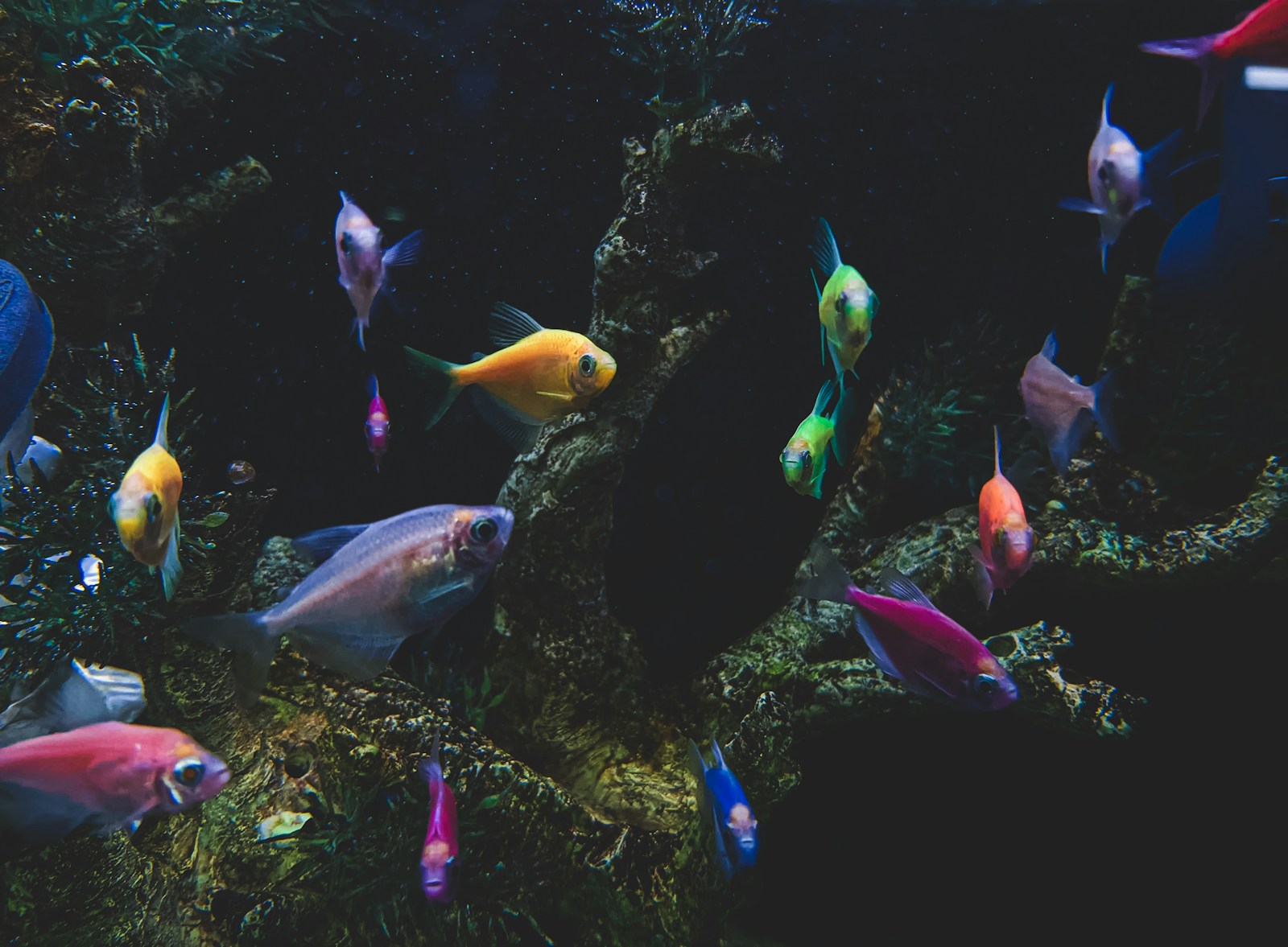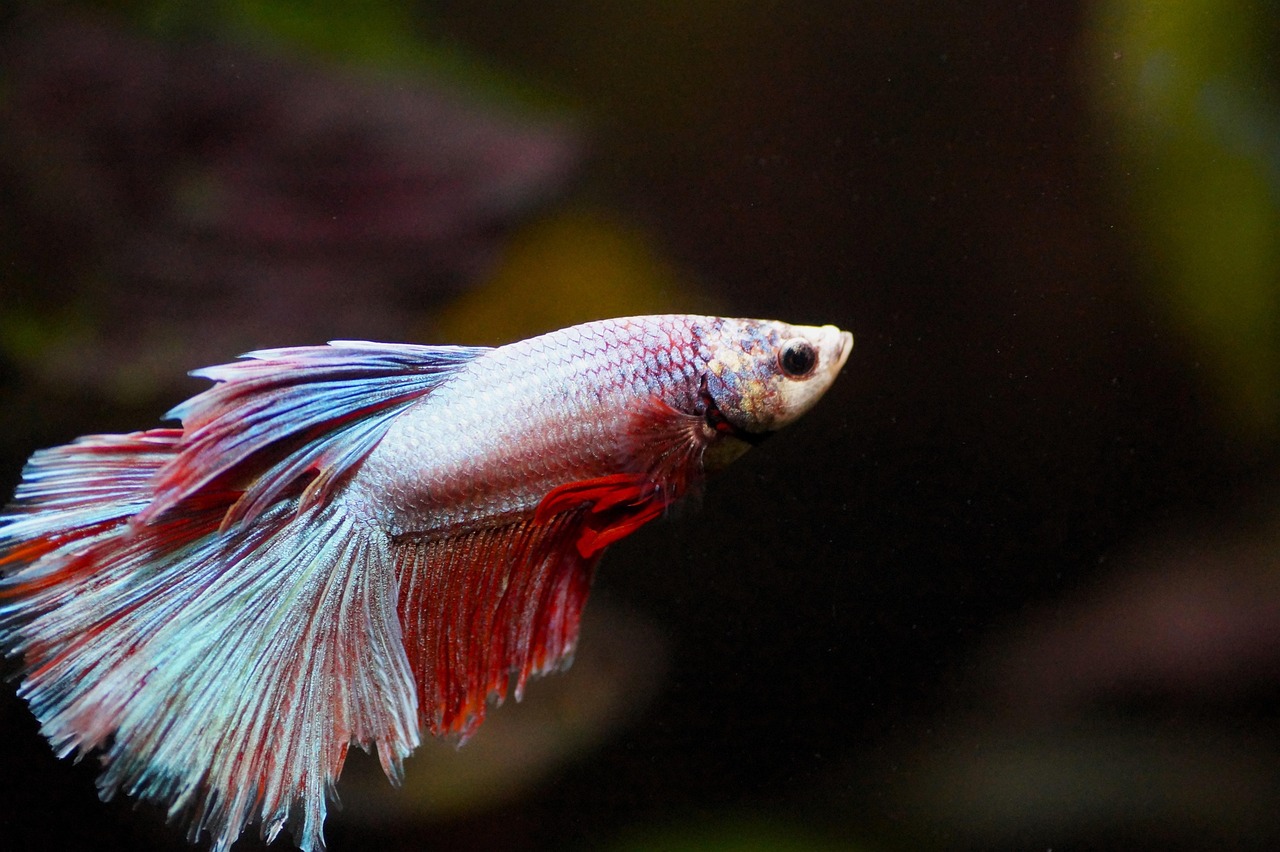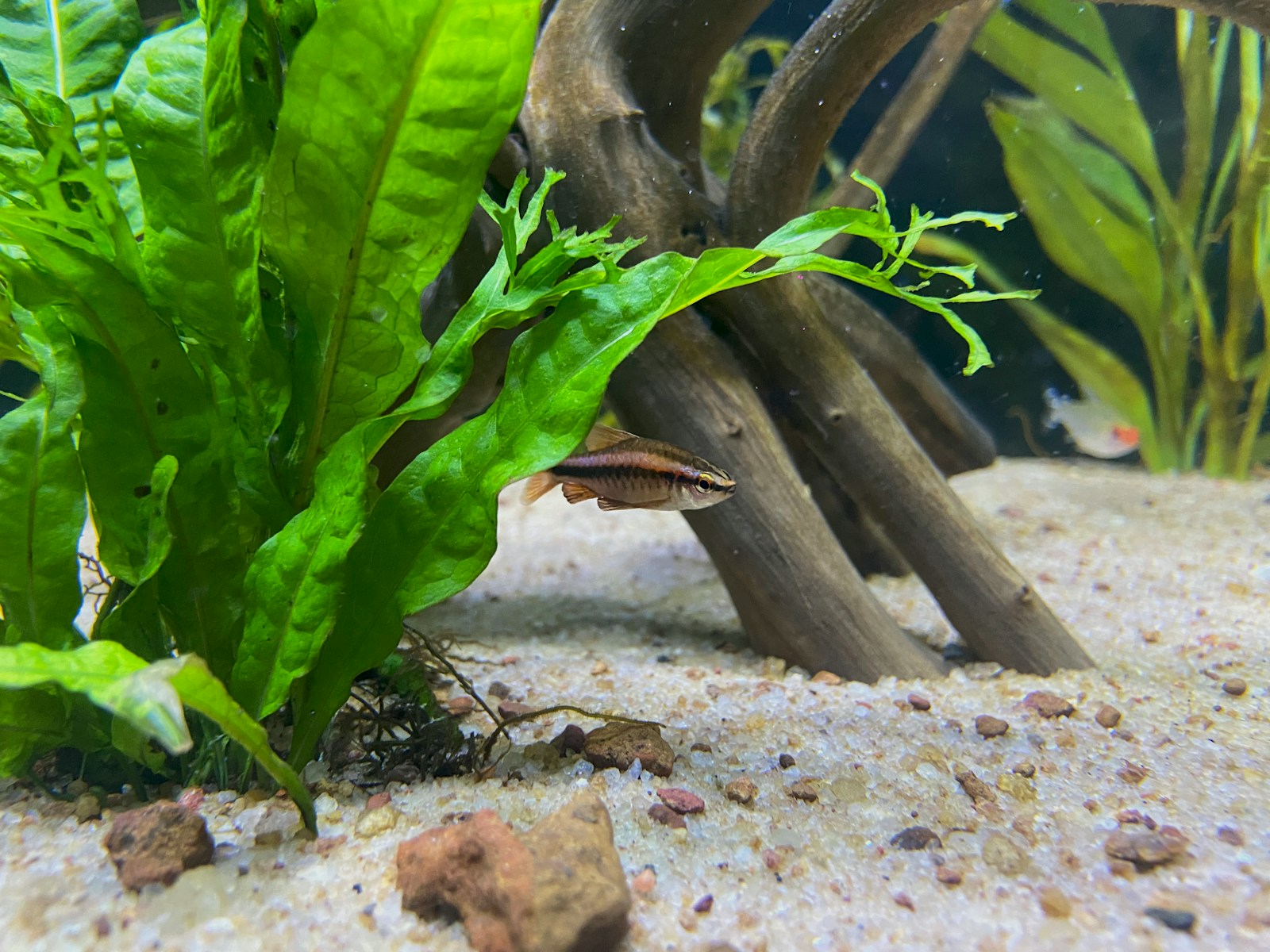
How To Clean My Aquarium
An aquarium is a captivating microcosm that brings the wonders of underwater life into ytheir living space. However, creating and maintaining a thriving aquatic ecosystem requires commitment, knowledge, and diligence. Regular maintenance and proper cleaning are essential to ensure the well-being of ytheir aquatic inhabitants and the overall aesthetic appeal of ytheir aquarium. In this guide, we will delve into the key aspects of maintaining and cleaning ytheir aquarium, offering valuable insights to both beginners and experienced hobbyists.
1. Setting the Foundation: Proper Aquarium Setup
Before delving into the maintenance and cleaning routines, it’s crucial to establish a well-designed and balanced aquarium setup. Here are some key considerations:
A. Tank Selection and Placement Choose an appropriate tank size that accommodates the species you intend to keep. The location of the tank should avoid direct sunlight and extreme temperature fluctuations.
B. Substrate and Decorations Select substrate materials based on the needs of ytheir aquatic plants and fish. Incorporate decorations like rocks, driftwood, and live plants to create a natural environment that enhances the well-being of ytheir aquatic inhabitants.
C. Filtration and Lighting Invest in a reliable filtration system that adequately handles the tank’s water volume. Proper lighting is essential for plant growth; choose lighting fixtures that cater to the specific needs of ytheir aquatic plants.
2. The Importance of Regular Water Testing
Maintaining optimal water parameters is crucial for the health and happiness of ytheir aquarium’s inhabitants. Regular water testing allows you to monitor key parameters such as:
A. Ammonia, Nitrite, and Nitrate Levels These compounds are products of the nitrogen cycle and can be harmful in excessive amounts. Regular testing helps prevent ammonia and nitrite spikes and ensures nitrates are kept at safe levels.
B. pH and Hardness Different species have varying pH and hardness preferences. Monitor these parameters to ensure they align with the requirements of ytheir aquatic life.
C. Temperature Maintaining a stable water temperature is essential for the well-being of ytheir fish and other inhabitants. Invest in a reliable aquarium heater and thermometer.
3. Establishing a Routine Cleaning Schedule
Regular cleaning is essential to prevent the buildup of waste, algae, and other debris that can compromise water quality and the overall health of ytheir aquarium. Here’s how to establish an effective cleaning schedule:
A. Weekly Tasks
- Partial Water Changes: Replace about 20-30% of the water weekly to dilute accumulated toxins and maintain stable water parameters.
- Gravel Vacuuming: Use a gravel vacuum to remove uneaten food, debris, and waste settled in the substrate. This prevents the accumulation of harmful compounds.
- Algae Removal: Gently scrub off algae from the glass, decorations, and plants using appropriate tools. Excessive algae growth can hinder light penetration and oxygen exchange.
B. Monthly Tasks
- Filter Maintenance: Clean or replace filter media as needed, but avoid completely replacing all media at once to preserve beneficial bacteria colonies responsible for biological filtration.
- Glass and Decor Cleaning: Take the opportunity to thoroughly clean the glass surfaces and decorations that may have accumulated algae or debris.
C. Occasional Tasks
- Deep Cleaning: Every few months, consider moving decorations and thoroughly cleaning them to remove accumulated grime. Be cautious when disturbing the substrate to avoid disrupting the aquarium’s ecosystem.
- Plant Pruning: Trim and remove dead or overgrown plant material to enctheirage healthy growth and prevent shading.
4. Careful Fish and Invertebrate Handling
During cleaning and maintenance, it’s important to minimize stress to ytheir aquatic inhabitants. Here’s how to handle ytheir fish and invertebrates with care:
A. Fish Handling
- Use a Net: When catching fish, use a soft net to avoid damaging their delicate scales and fins.
- Minimize Air Exposure: Avoid lifting fish out of the water for extended periods as it can cause stress and harm.
- Quarantine Tank: Have a separate quarantine tank to isolate new additions before introducing them to the main aquarium. This helps prevent the spread of diseases.
B. Invertebrate Handling
- Gentle Touch: Invertebrates like shrimp and snails are sensitive to handling. If necessary, use a container to gently scoop them up without causing harm.
- Avoid Sudden Changes: Invertebrates can be sensitive to sudden changes in water conditions. Maintain stable parameters during handling.
5. Maintaining a Healthy Ecosystem
A well-balanced aquarium ecosystem relies on biological, mechanical, and chemical filtration. Ensuring these processes function optimally is key to maintaining water quality.
A. Biological Filtration
Beneficial bacteria play a crucial role in converting harmful ammonia and nitrite into less toxic nitrate. Avoid excessive cleaning of filter media to preserve these bacteria colonies.
B. Mechanical Filtration
Regularly clean and maintain mechanical filter components such as sponges and cartridges to prevent clogs that can reduce filtration efficiency.
C. Chemical Filtration
Activated carbon and other chemical filtration media can help remove impurities and odors from the water. Replace these media according to manufacturer recommendations.
6. Troubleshooting Common Issues
Even with diligent care, aquariums can encounter issues. Here are solutions to some common problems:
A. Algae Blooms
To control algae blooms, maintain a consistent lighting schedule, avoid overfeeding, and consider introducing algae-eating species like snails or certain fish.
B. Cloudy Water
Cloudiness can result from bacterial blooms or debris. Check water parameters and perform water changes to address the issue.
C. Disease Outbreaks
Isolate sick fish immediately to prevent the spread of diseases. Research symptoms and administer appropriate treatments under the guidance of a veterinarian.
Summary
Maintaining and cleaning an aquarium is both an art and a science. Regular maintenance, proper cleaning routines, and a deep understanding of ytheir aquatic ecosystem’s needs are essential for creating a thriving underwater world. By following the guidelines outlined in this comprehensive guide, both beginners and experienced hobbyists can enjoy the beauty and tranquility of a well-maintained aquarium while ensuring the health and happiness of their aquatic inhabitants.



